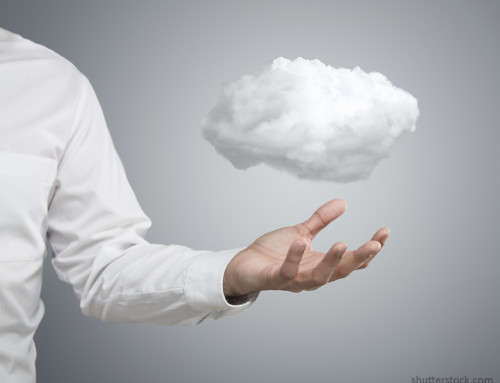Your business should jet through the commercial landscape like a Ferrari. The only way to get where you’re headed is to pull out all the stops, fuel the engine, and clear the road. A smooth, non-stop ride all the way to the bank should be your goal as a company and making sure your journey never stops is what we call business continuity.
In order to keep business cruising down the road of commerce, you’ve got to make a business continuity plan that incorporates every single thing that can keep you from doing business. This can range from making sure employees are happy and productive to maintaining your hardware to planning for Mother Nature’s wrath. You need to account for disasters large and small.
But try as you might, the sad truth is that you will never be ready for everything. The world is too chaotic and we all have blind spots. You can’t possibly determine every scenario by yourself, but that doesn’t mean you can’t do all in your power to plan for anything and everything that can go wrong down the road.
The best thing you can do is learn from those who have been through it all before. An experienced business continuity expert knows what it takes to keep business on track following any size of disaster, whether it’s something as small as an opened email virus or as large as a site-destroying event. That’s why the best plan leverages the experience of others to fill in as many blind spots as possible.
There are, of course, certain things that don’t need to be in your business continuity plan. But I’ve got a secret:you’ll never know what they are. It’s much better to be over-prepared than under-prepared. A wise planner will plan for the obvious, as well as things that might seem unlikely.
The first step is to plan for the most obvious things that can happen, like power outages, hardware failures, economic slowdowns, unreliable employees, and so on. Once you’ve got a solid base, you can build it to include things like large site-destroying disasters and all the challenges that come with it.
As we saw during Hurricane Sandy, businesses can’t always prepare for everything. The fact still stands that the more they can plan for, the better. Hundreds of businesses were without power during the storm. Some were flooded or even destroyed, and many of them never even thought they’d be wiped out by that type of threat. Even those who planned well enough to equip themselves with redundant power from gas-powered generators found there were things they hadn’t planned on (like waiting hours in line to buy gas).
You’ve got to learn from experiences like these, and record everything that went right and wrong when you do experience something that threatens business stability. For example, many StorageCraft partners took what they learned from Hurricane Irene in 2011 and used it to help them face Sandy. In time, as you read about the experiences of others and carefully develop your plan based on your own experience, you’ll have knowledge and flexibility to deal with anything that comes your way.






Leave A Comment